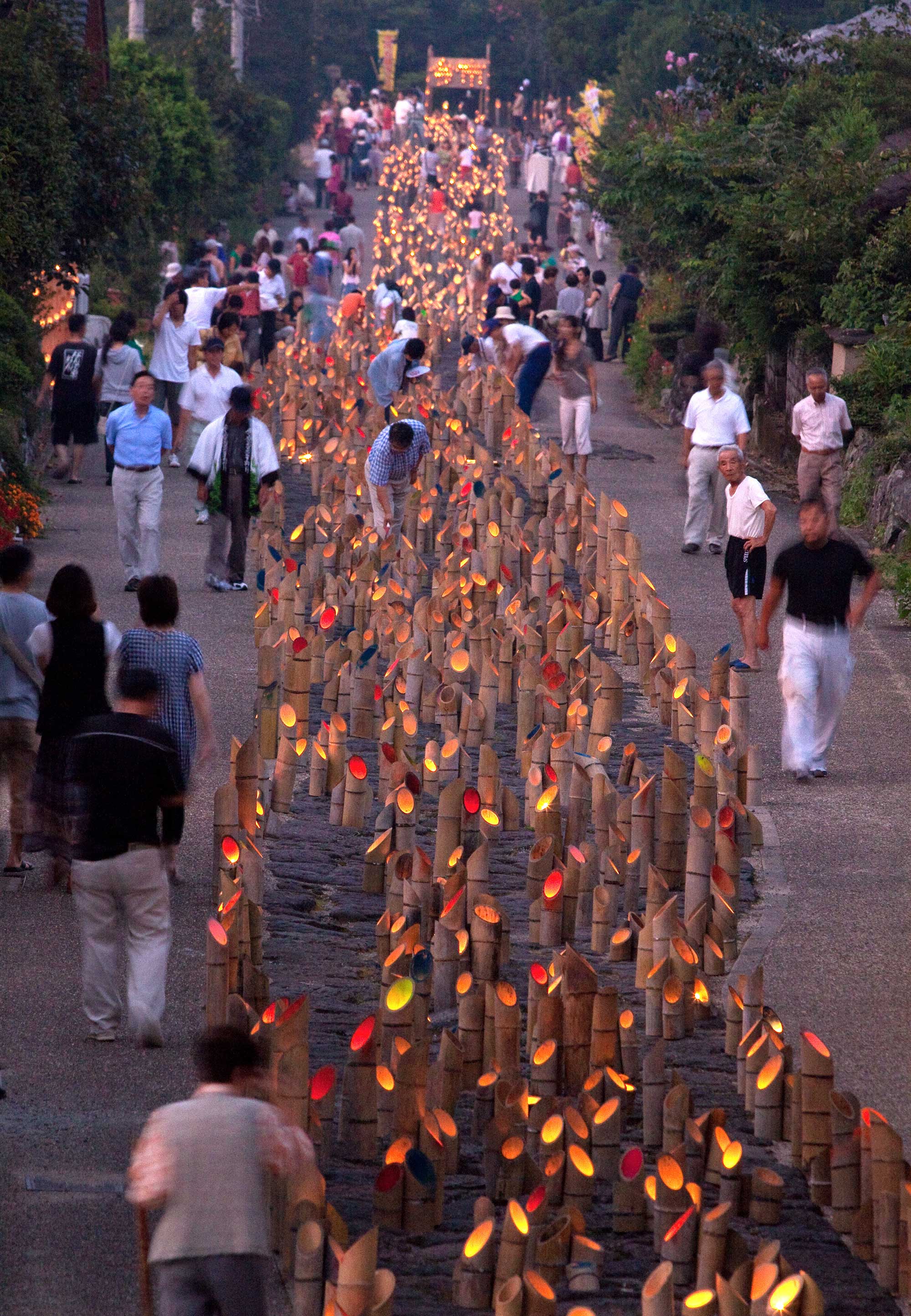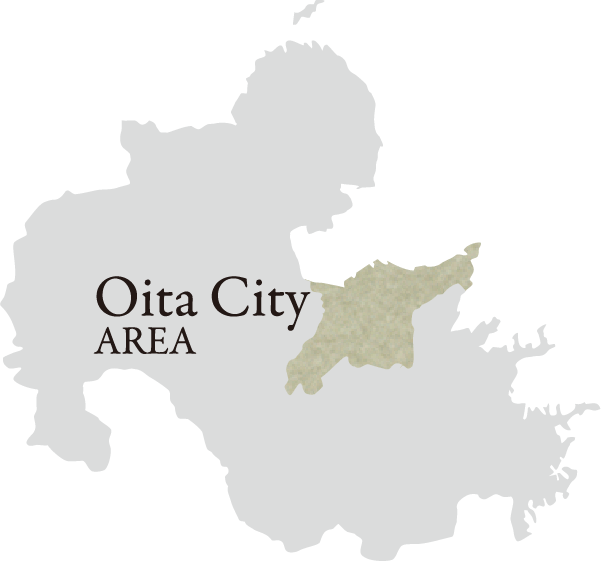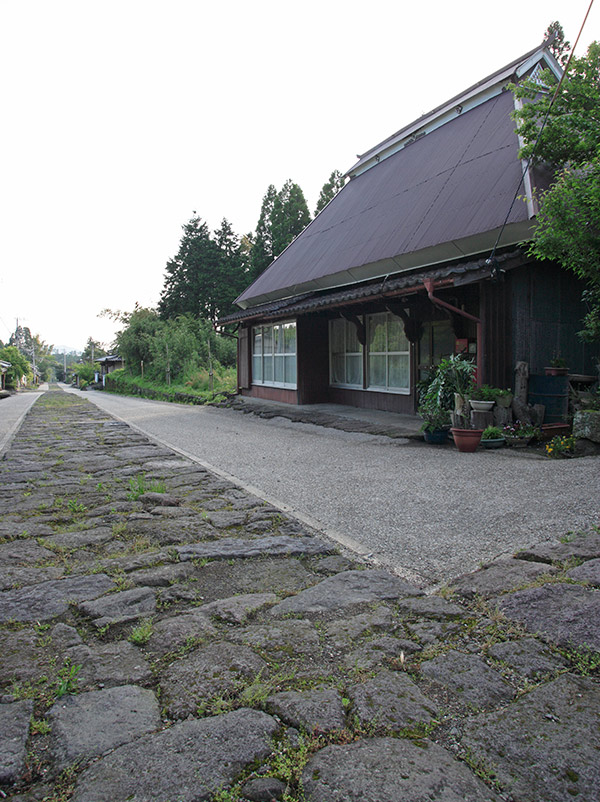

- City of Oita
- Townscape
The Stone Pavement of Notsuharu Imaichi
Photography/TAKEUCHI Yasunori
the Atmosphere of Post Station Passed Down
The stone pavement of Imaichi used to be the road for Sankin Koutai (the Alternate Attendance Policy to have feudal lords all over the country spend a few months at a time in Edo) during the Edo period. Shukuba (the post station) was opened by the Oka clan, and functioned as the honjin (the designated accommodation for the feudal lords and shogunate officials) up until the ship route on Ono River between Inukai and Tsurusaki started operating. At the same time, Imaichi was also on the route of Higo Kaidou Road (which was referred to as Bungo Kaidou in Kumamoto) between Kumamoto and Tsurusaki, developed by the Higo clan.
In fact, Imaichi was like the interchange of Naka-Kyushu Road at the time. Both the Oka and Higo clans had their daimyou on the stone pavement for their procession, but it also worked as accommodation for the common people, where many travelers, regardless if famous or not, stayed and rested. Even now, quite a few reminders from back then remain in the cobblestones and the cityscapes on the road, conveying the atmosphere of the post station.
The width of the path in the station is about 8 meters. It is a straight road consisting of Uptown and Downtown, with a cobbled pavement about 2 meters wide in the middle, extending over 600 meters. What’s interesting is that the road bends at a right angle twice on the way, shaped like a hook. This is a defensive structure to prevent seeing through the entire post station shooting guns through. In addition, bamboo forests were developed as fire guards at the corners to avert fire disasters.
In the past, there were gates for security on both ends of the post station with more than 40 inns and shops lined up, and a magistrate and guest house in the central area. The feudal lords of the Higo clan stayed there, where they were welcomed with hospitality by the Oka clan. The sign of “Shukubamachi Mitorizu (Floor Plan of Post Station Town)” shows the individual names and types of businesses.
This stone pavement was in danger at one time, because it was inconvenient for the passage of cars. So once it was covered with soil, but the passion of the residents brought a bypass to be constructed, and the pavement came back with the soil removed. Now, only the sides are paved.
You wouldn’t want to miss the Maruyama Shrine on a small hill on the outskirt. The two-story gate is an early 18th-century architecture, with sculptures of the people listed in “The Twenty-four Filial Exemplars,” as well as an interesting group of small sculptures showing how to make sake.
There is “Ishidatami (Stone Pavement) Festival” in the fall. There are traditional art and concert performances, and 10,000 bamboo lamps are lined up to light up the stones.

The stone pavement of Imaichi, which used to be the road for Sankin Koutai during the Edo period.

